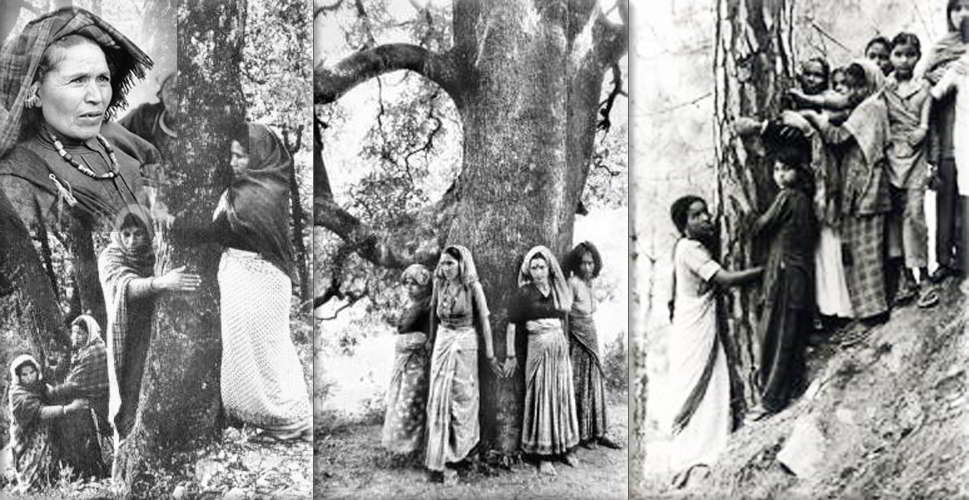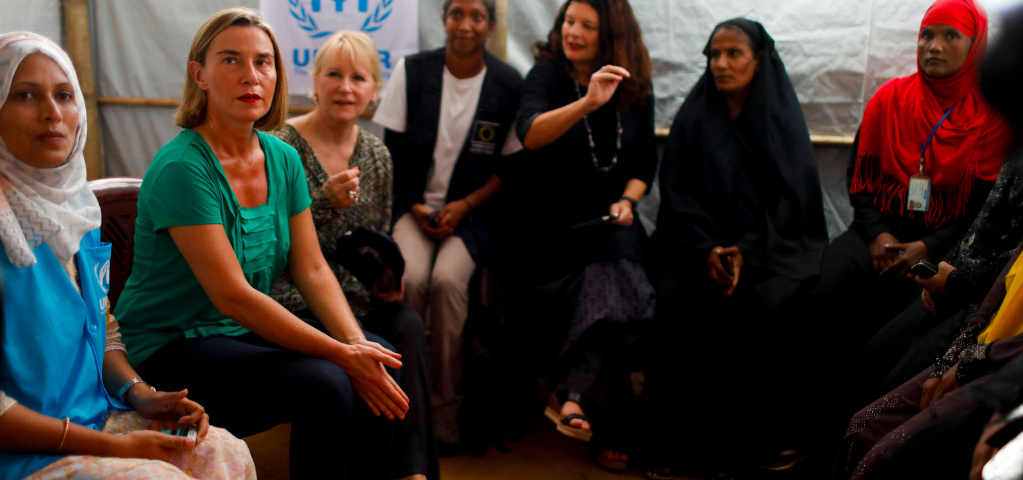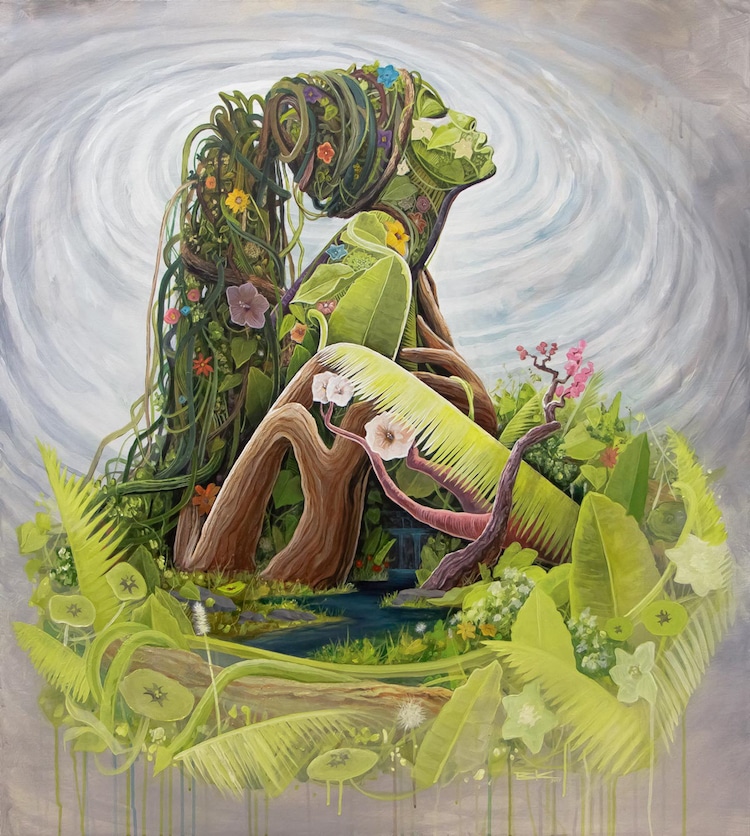Activism Idea
I wanted to challenge myself to find a way of activism that supports gender environmental issues. I normally would attend a rally, meeting or women’s organization conference but I wanted to do something I haven’t done before. I started to think what resources I had, and how I could use them to my benefit. I work at an elementary school where I am a reading aide and 5th grade science teacher. I couldn’t help but notice in our agenda earth day is coming soon. Our school does an annual earth day celebration where we celebrate earth day for a full week. The week is full of activities and lessons that inform the students about our environment and encourages them to do their part to take care of our planet. I thought to myself this is perfect! I can use this week as an opportunity to introduce an eco-friendly project to my 5th grade science class. As a class we will choose a project to complete that will help our eco footprint. I will teach a lesson on sustainability and let them decide which project they would like to complete. I believe that education is the first step towards the solution. Most people are not aware of the dangers and damages placed on nature because of our own human desires. Ultimately both nature and the human race suffers.
Activism Plan
Our plan is to have our own classroom compost. During our lesson we talked about trash and waste and how it affects our environment. We talked about the trash in the ocean and the damages it has on the marine life. We discussed global warming and the amount of fresh water available to us. We decided to create a classroom compost and use it in our school garden. The project will be a compost in a bottle. I found some instructions for the project on Plantnatural.com where it explains how to complete to project step by step. I also showed the class a YouTube video of other schools doing similar projects in their classrooms. They were very inspired by the videos and excited to start working on their project. The 5th graders will observe the compost and add foods from their left over lunches. They will go around the cafeteria during lunch and collect left over fruits and vegetables that students did not eat and add it to the compost. Over the next following weeks we will discuss and document the changes observed in our classroom compost in a bottle.





















